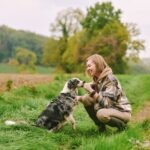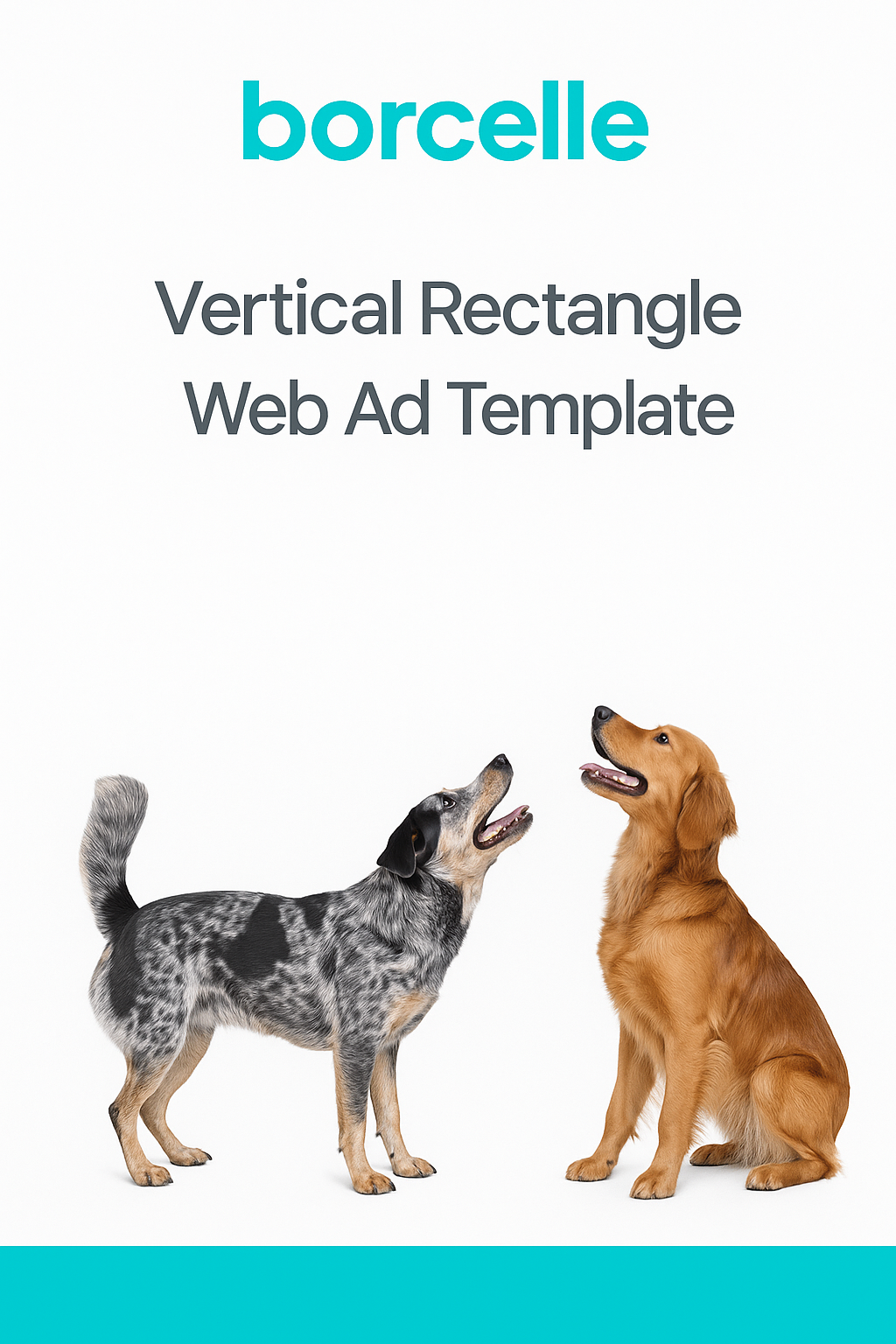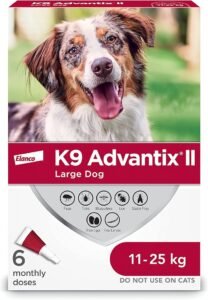Halloween is an exciting time of the year, filled with costumes, parties, lots of candy and trick-or-treating but isn’t always fun and games when it comes to our pets. There are a number of hazards that can put your pet’s life in serious jeopardy. Consider these 5 important Halloween pet safety tips.
1. Keep your pets safely away from the action.
Pets can be stressed out by the noise and commotion caused by trick or treaters and parties. Small caged animals such as rabbits and birds are particularly sensitive to noise. Dogs and cats may or may not be stressed out by the commotion, but they could also slip out the front door while you’re handing out candy. Move your pets to a quiet and safe bedroom and keep the door closed.
2. Prevent your pet from eating candy.
Candy can be dangerous for pets: especially chocolate or sugar-free treats which contain xylitol. Make sure children understand why they can’t share their human treats with pets and have some safe pet treats on hand for them to share. While cats aren’t as interested in candy as dogs, they may be attracted to the crinkly sound of wrappers. Chewed wrappers can be a choking hazard or cause an internal blockage, so keep all candy and wrappers securely away from pets.
If your pet eats chocolate, be as accurate as possible when telling the veterinarian how much chocolate was consumed and what type so they can determine how serious the situation is. The type of chocolate and amount is what determines if it could be a toxic dose. Darker chocolate (such as baker’s chocolate and dark chocolate) is higher in cocoa and will be more toxic. It contains more methylxanthine which is the toxic agent.
3. If you must dress your pet up, do it for a short amount of time.
Pet halloween costumes shouldn’t restrict their hearing, breathing or movement. The Humane Society of Canada recommends avoiding dressing animals up in costumes altogether, “as many pets find this uncomfortable and stressful.” Don’t leave a pet wearing a costume unsupervised.
4. Keep decorations and party favours out of reach.
Lit candles are always a cause for extra caution, but other decorations can also be dangerous for your pets. Exposed power cords, small objects (such as fake eyeballs or rubber noses) that may be swallowed or even natural décor such as decorative gourds and corn could be a problem if a curious pet decides to chew and accidentally ingest enough of it.
According to petpoisonhelpline.com, pets, especially cats, love to chew on glow sticks. “Over the past year, Pet Poison Helpline received nearly 80 calls concerning pets that punctured glow sticks or glow jewellery, and 70 percent of the calls involved cats. While not usually life-threatening, their contents can cause pain and irritation in the mouth, as well as profuse drooling and foaming at the mouth.”
If you think your dog or cat has ingested glow-in-the-dark items, call your veterinarian for treatment advice.
5. Keep your pets indoors and avoid walking your dog during peak trick-or-treating hours.
While Halloween pranks involving pets are rare, it’s better to be safe than sorry and keep your pets indoors for the night. The noise and activity is stressful for them and they may panic and escape from your yard.
If you walk your dog in the evenings, put on a reflective harness or collar and try to walk your dog before or after most children have finished trick-or-treating. An otherwise friendly dog may be startled by people or even other dogs in costumes and bite or try to struggle free from their leash.
For a brief overview about tips for a safe Halloween with pets take a look at the clip below!











